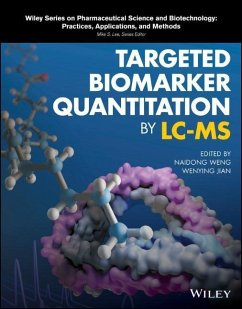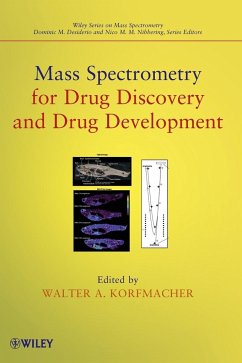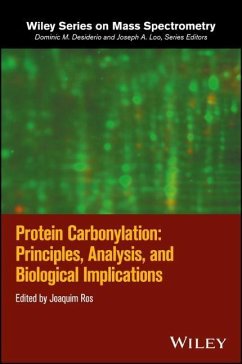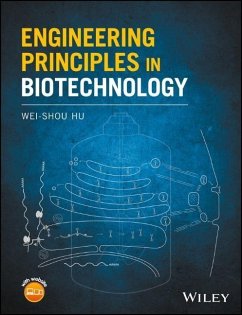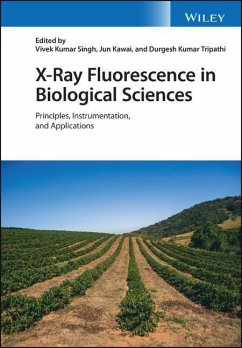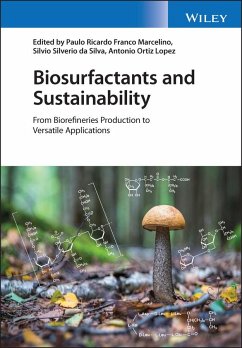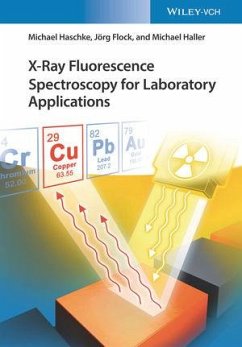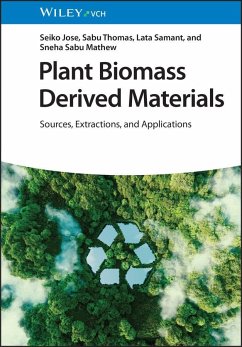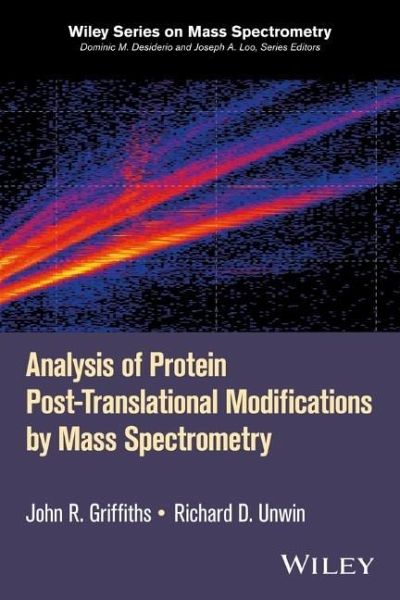
Analysis of Protein Post-Translational Modifications by Mass Spectrometry
Versandkostenfrei!
Versandfertig in über 4 Wochen
129,99 €
inkl. MwSt.
Weitere Ausgaben:

PAYBACK Punkte
65 °P sammeln!
_ Covers all major modifications, including phosphorylation, glycosylation, acetylation, ubiquitination, sulfonation and and glycation
_ Discussion of the chemistry behind each modification, along with key methods and references
_ Contributions from some of the leading researchers in the field
_ A valuable reference source for all laboratories undertaking proteomics, mass spectrometry and post-translational modification research
_ Discussion of the chemistry behind each modification, along with key methods and references
_ Contributions from some of the leading researchers in the field
_ A valuable reference source for all laboratories undertaking proteomics, mass spectrometry and post-translational modification research




